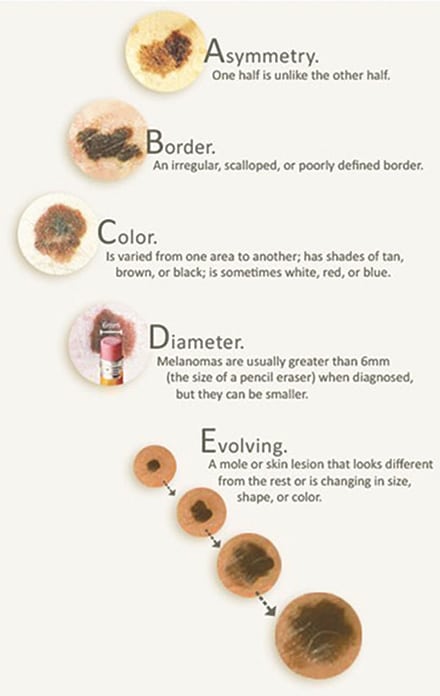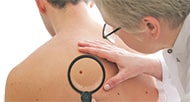The good news is that skin cancer can be prevented, and it can almost always be cured when it’s found and treated early.
Gwinnett Dermatology is proud to participate in Melanoma/Skin Cancer Detection and Prevention Month. During the month of May, join us in taking action to prevent skin cancer and reduce the risk of UV damage.

Call today to schedule a full body skin exam and encourage family and friends to do the same!
Visiting a dermatology practice is an important part of maintaining your overall health. Your dermatologist can diagnose and evaluate a range of skin conditions, including skin cancer. If you have just scheduled your first dermatology appointment, you may be wondering what to expect. Here is an overview of what will happen during your visit to Gwinnett Dermatology.
Beforehand
During your dermatology appointment, you will want to make sure that your dermatologist can easily examine your skin—including the skin beneath your nails if you desire. If this is the case, remove any fingernail and toenail polish, and check over your skin yourself before your appointment. This will allow you to discuss any changes in your skin with the doctor.
During The Visit
When you arrive at our office, you will be directed to a private exam room.If you will be undergoing a skin cancer evaluation, you will be asked to change into a gown. Your provider will ask you a series of questions and discuss your concerns with you, and then he/she will look over your skin. The exam itself may only take a few minutes. During this time, your dermatologist will evaluate any moles, discoloration, and other skin issues on your body. As dermatology is a “visual specialty”, the provider is often evaluating visible areas of your skin while the two of you are speaking. So, your skin is likely being evaluated without you realizing it. If anything abnormal or concerning is found, your provider may recommend a biopsy. If you have multiple concerns, it may require an additional visit to allow adequate time for the evaluation while also maintaining acceptable wait times for all patients.
Afterwards
Depending on your skin issues, your provider may recommend specific treatments or medications. If you will be undergoing treatment to address a skin problem, you will be able to schedule your next appointment after your exam. If your dermatologist has prescribed any medications, you will receive an explanation of how to use those medications. It will then be up to you to follow your dermatology provider’s instructions for medication use and daily skincare techniques. If you have an issue obtaining your prescription or if the cost is unaffordable, please notify a member of our staff as other options may be available.
Take simple steps today to protect your skin:
• Stay out of the sun as much as possible between 10 a.m. and 4 p.m.
• Use sunscreen with SPF 30 or higher. Put on sunscreen every 2 hours and after you swim or sweat.
• Cover up with long sleeves and a hat.
• Check your skin regularly for changes.
For more information, visit www.gwinnettdermatology.com


